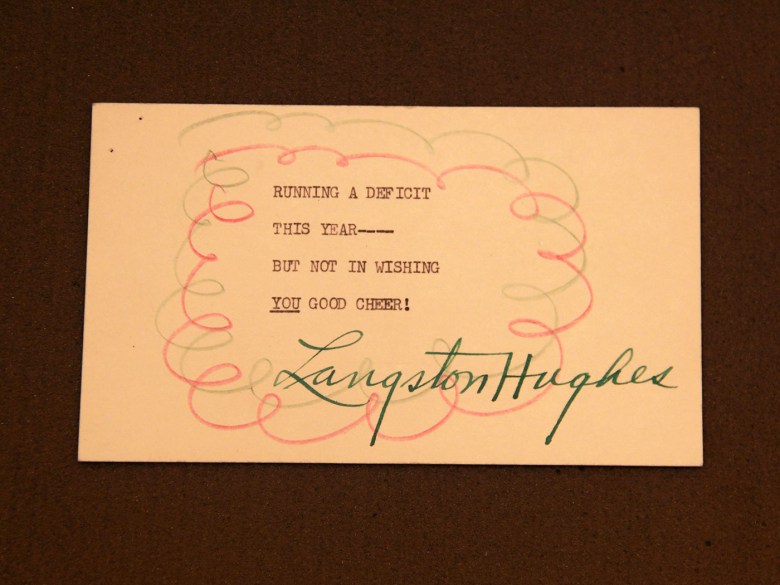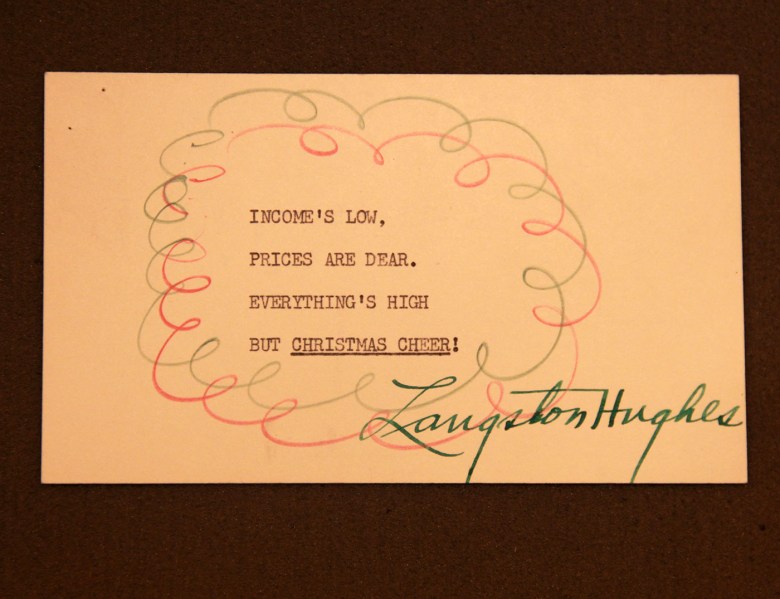However celebrated by historians, scrutinized by archaeologists, and descended-upon by tourists it may be, Pompeii is not exceptional — not even in the fate of having been buried in ash by Mount Vesuvius in the year 76, which also happened to the nearby town of Herculaneum. Rather, it is the sheer ordinariness of that medium-sized provincial Roman city that we most value today, inadvertently preserved as it was by that volcanic disaster. The new Lost in Time video above reconstructs Pompeii as it must have looked at the very end of its days, taking a look at everything from its homes to its aqueducts, its forum to its basilica, and its wine and perfume production facilities to its gladiatorial arena.
Unsurprisingly, the Amphitheatre of Pompeii is much smaller than the Colosseum. But it was actually built 140 years earlier, at a time when local leaders across the empire were already starting to feel that any self-respecting Roman town ought to have its own venue for spectacles involving one-on-one combat, feats of athleticism, exotic animals, and even public executions.
The same ultimately went for all the types of facilities unearthed in the entombed city’s public spaces and private homes alike, including baths, snack bars, and dining rooms. To that extent, Pompeii had it all, even if life there lacked the potential for advancement and intrigue offered only by the Eternal City.
As the video gives its tour of a still-thriving Pompeii, it counts down to the eruption of Vesuvius, which lasted about two days. “Why didn’t people leave the city?” asks the narrator. “Historians claim that about 2,000 people lost their lives in Pompeii that day, meaning about 10,000 managed to escape.” It is to the writings of one such escapee, Pliny the Younger, that we owe much of what we know about the experience of the catastrophe itself — and to centuries of examination since its rediscovery as an archaeological site that we have the kind of knowledge about the place that goes into a reconstruction like this one. Those efforts have fed our understanding of life in the ancient world as a whole, for in its afterlife, Pompeii has become not just a medium-sized provincial Roman city, but the medium-sized provincial Roman city.
Related Content:
Take a High Def, Guided Tour of Pompeii
Based in Seoul, Colin Marshall writes and broadcasts on cities, language, and culture. His projects include the Substack newsletter Books on Cities and the book The Stateless City: a Walk through 21st-Century Los Angeles. Follow him on the social network formerly known as Twitter at @colinmarshall.





